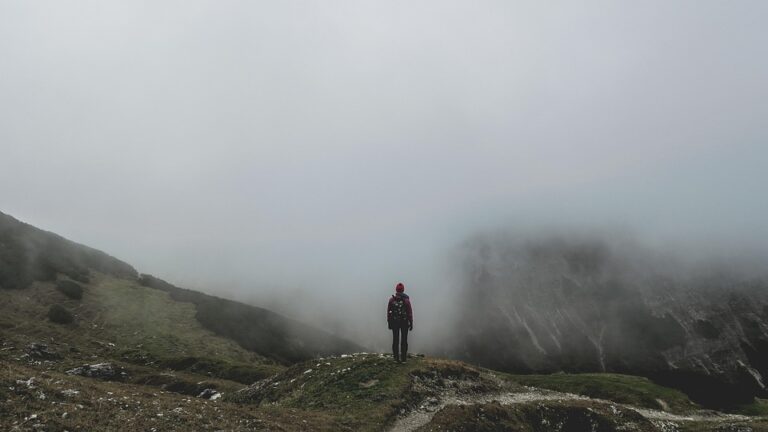The Ultimate Guide to Gear: What You Really Need for Backpacking Adventures
Backpacking adventures are an incredible way to connect with nature, challenge yourself, and explore new terrains. However, to make the most out of these experiences, having the right gear is essential. This guide will help you sift through the countless options available and identify the gear that truly enhances your outdoor escapades.
Understanding the Basics of Backpacking Gear
When gearing up for your backpacking adventures, you’ll want to focus on four primary categories: shelter, sleeping, cooking, and personal items. Each piece of gear you choose will significantly impact your comfort and safety in the wild.
1. Shelter: The First Line of Defense
Your shelter is where you’ll rest and recover, making it one of the most critical pieces of gear for backpacking. Opt for a lightweight tent or hammock that meets your environmental needs.
-
Tents: Aim for a tent that weighs 3-4 pounds for backpacking trips. Look for weather-resistant materials and consider a footprint to protect the tent floor.
- Hammocks: If you’re in a forested area, a hammock can provide incredible comfort. Make sure it’s equipped with a rainfly for weather protection.
Example: A two-person tent like the MSR Hubba Hubba NX weighs about 3.5 lbs, striking a good balance between space and weight—ideal for your next backpacking adventure.
2. Sleeping Gear: Quality Rest Equals Better Outdoor Performance
Getting a good night’s sleep in the wilderness can make all the difference. Invest in a lightweight sleeping bag and sleeping pad that suit the climate.
-
Sleeping Bags: Choose a bag with a temperature rating suitable for the conditions. Down bags are excellent for warmth and packability but may not perform well when wet. Synthetic bags are bulkier but often retain warmth when damp.
- Sleeping Pads: A quality pad provides insulation and cushioning and is a crucial part of your sleep system. Look for pads that pack small and provide adequate comfort.
Statistics: According to a recent survey from the Outdoor Industry Association, over 50% of backpackers believe a good night’s sleep directly influences their enjoyment of their trip.
3. Cooking Gear: Nourishment on-the-Go
Food is fuel, and cooking gear can make meal prep in the wild enjoyable and efficient.
-
Stove: A lightweight camp stove is a must-have. Consider options like canister stoves for quick cooking times or multi-fuel stoves for versatility.
-
Cookware: Aim for pots and pans made from lightweight materials. Titanium pots are excellent for their durability and weight.
- Utensils: Don’t forget to pack a spoon, fork, or a multi-tool that can serve various purposes.
Analogy: Think of your cooking gear as your backpacking kitchen. If you have poor utensils—think wobbly pots and mismatched spoons—you won’t whip up gourmet meals, no matter how fresh your ingredients.
4. Personal Gear: Essentials for Comfort and Safety
Lastly, pack items that cater to your personal comfort and safety.
-
Clothing: Layering is key. Think moisture-wicking base layers, insulating mid-layers, and water-resistant outer layers.
-
Footwear: Quality hiking boots or shoes can significantly affect your trip. Choose options with good traction and ankle support to avoid injuries.
- Navigation and First-Aid: Always bring a map, compass, or GPS device. A well-stocked first-aid kit can prevent minor injuries from becoming major problems.
Fun Fact: A recent study from the American Hiking Society showed that 70% of hikers reported experiencing foot pain during their outings due to improper footwear.
Conclusion: Gear Up for Adventure
Backpacking adventures are all about discovering the beauty and challenge of the great outdoors, but they can quickly turn into uncomfortable experiences if you’re ill-equipped. By investing in the right shelter, sleeping gear, cooking apparatus, and personal items, you can ensure your trips are safe and enjoyable.
For more detailed insights on preparing for your next journey, explore our Essential Packing List for Outdoor Adventures and Top Tips for Staying Safe in Nature.
Additionally, if you’re looking for reputable gear guides, check out REI’s Backpacking Gear Essentials and Outdoor Research’s Backpacking Resources.
Embark on your next backpacking adventure prepared; the right gear makes all the difference! Happy trails!


